Our Tools
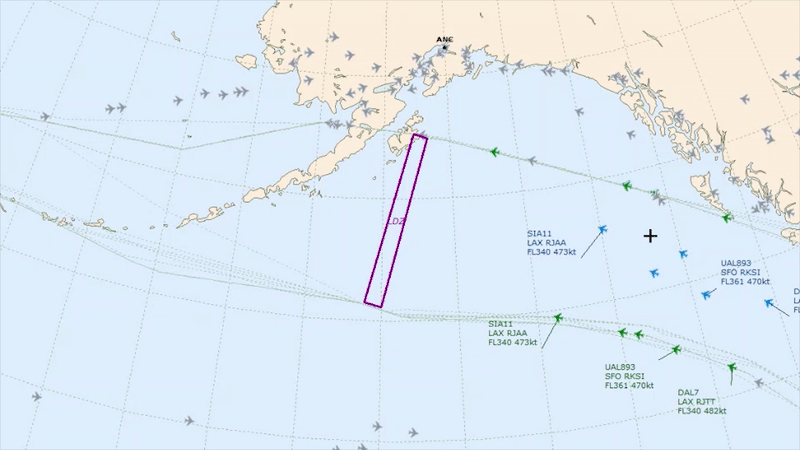
×
![]()
Airspace Constraint Analysis and Tool(ACAT)
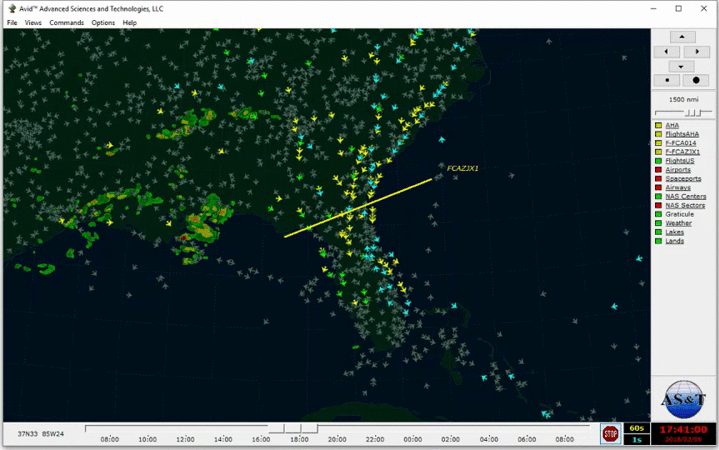
×
![]()
Post Analysis Tool
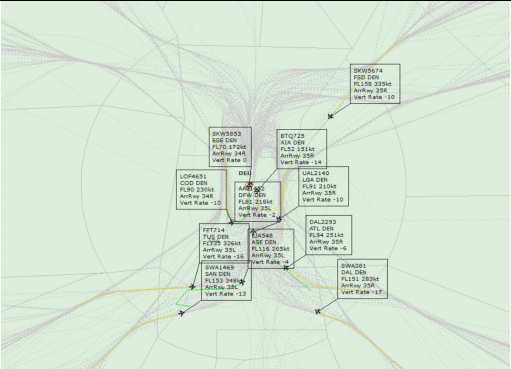
×
![]()
Terminal Area Assessment Tool
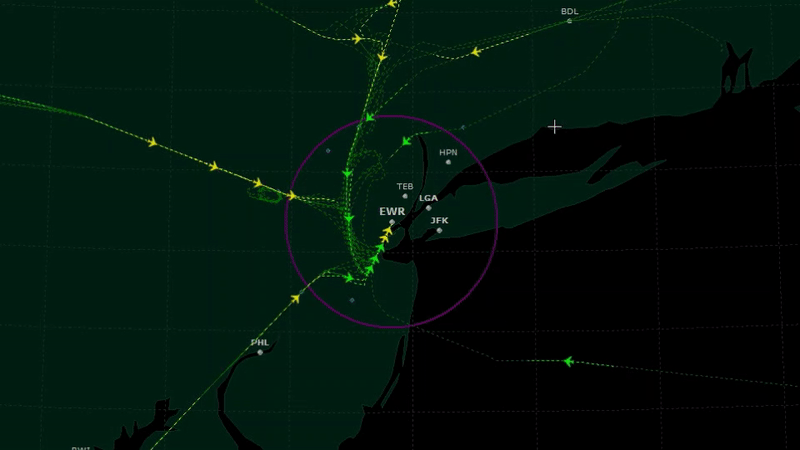
×
![]()
Hold Analysis Tool
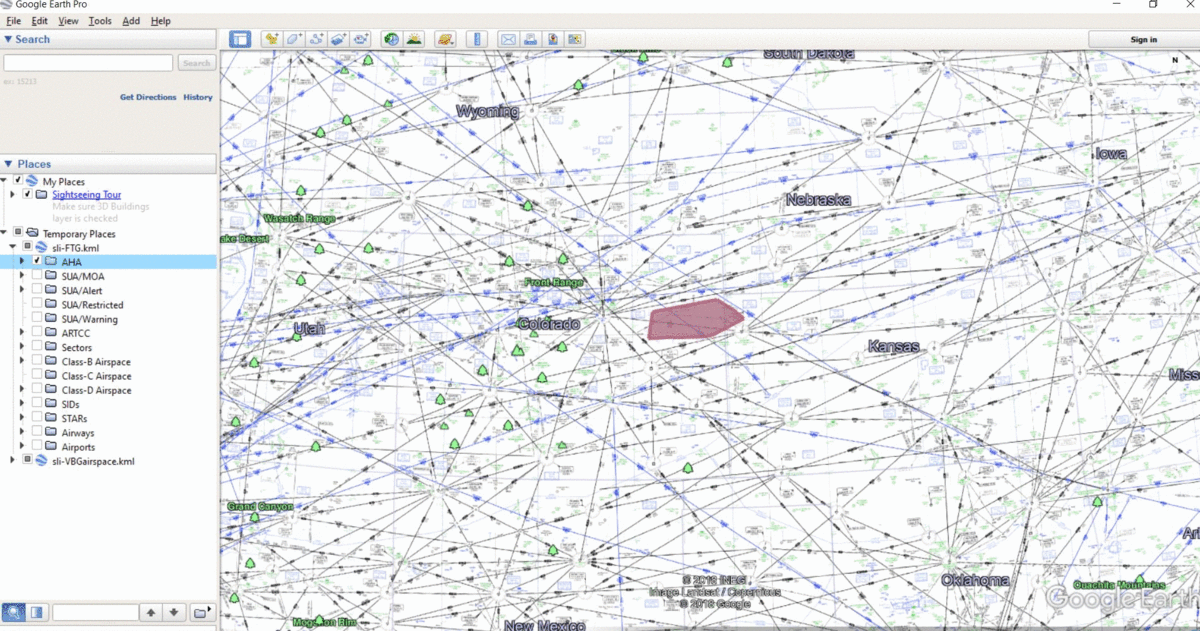
×
![]()
Spaceport/Launch Site Feasibility Tool
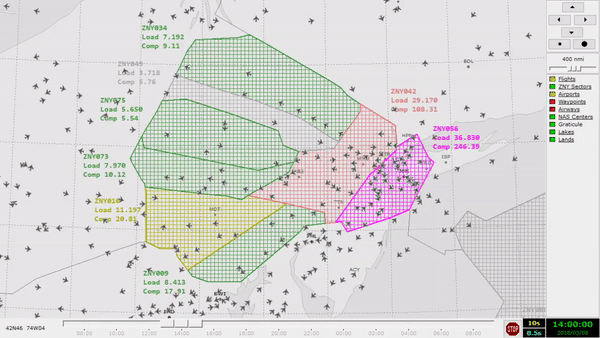
×
![]()
Complexity Tool
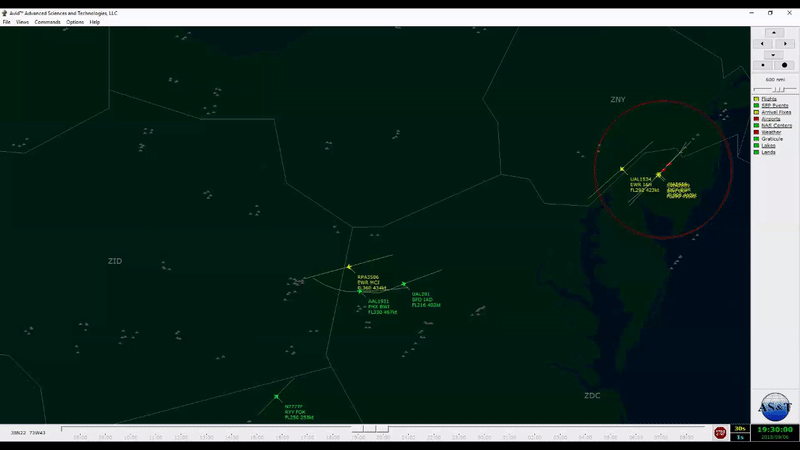
×
![]()